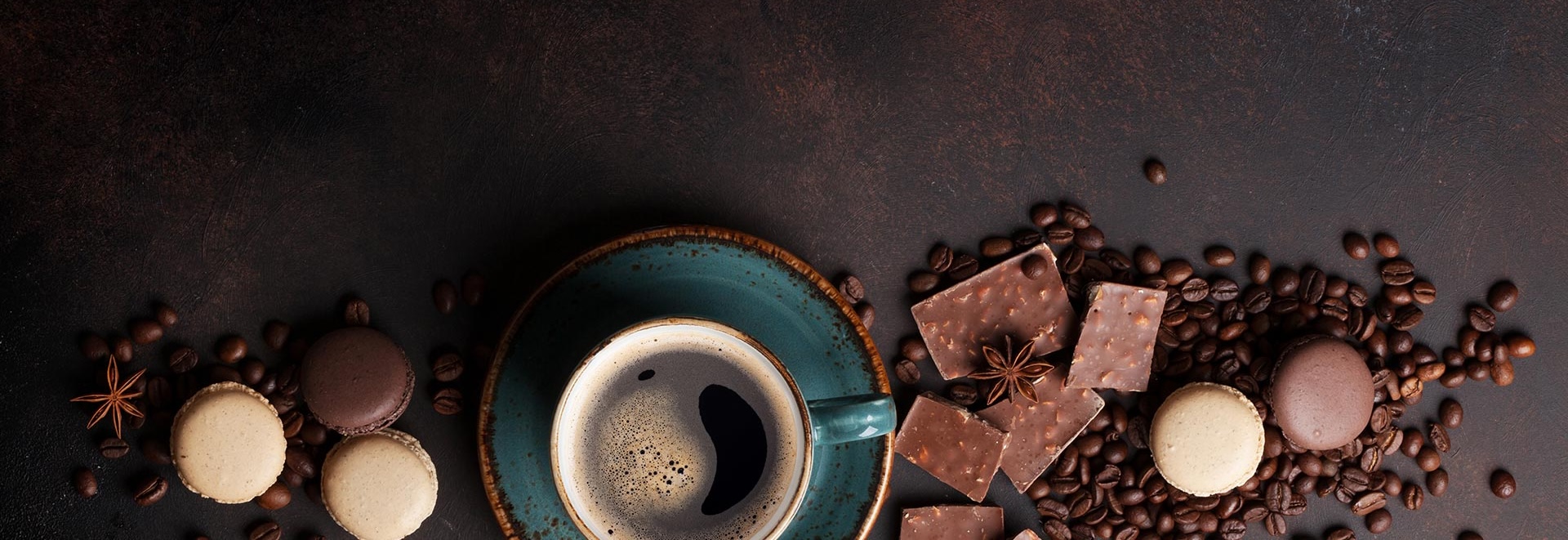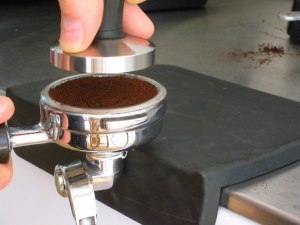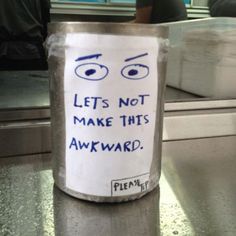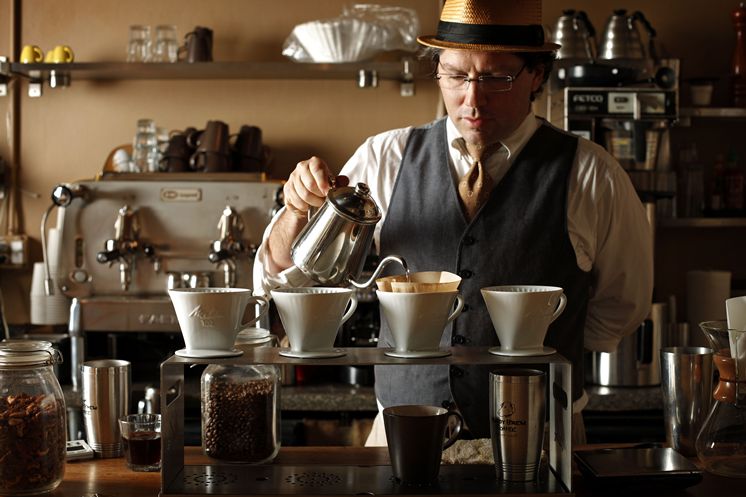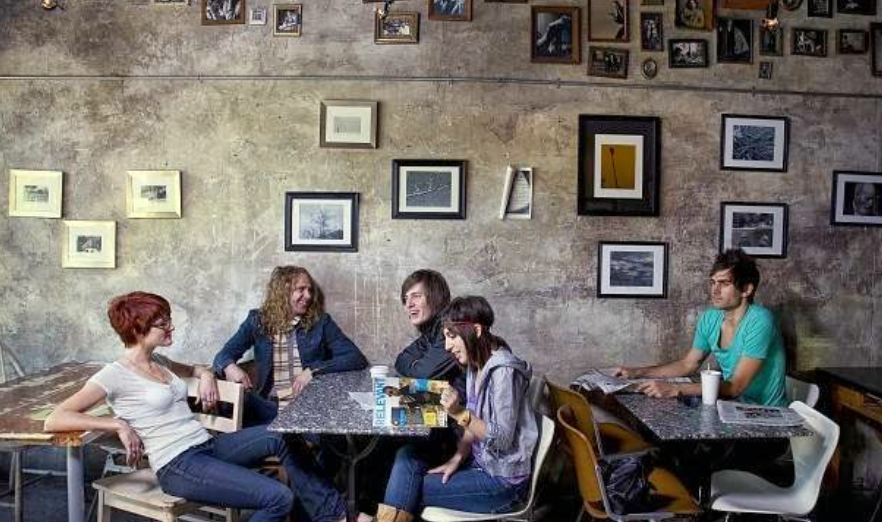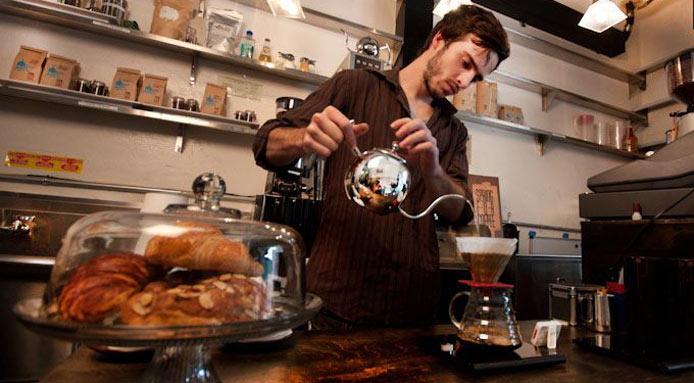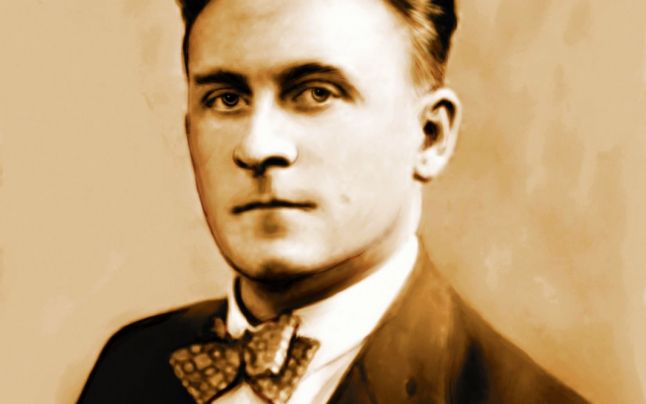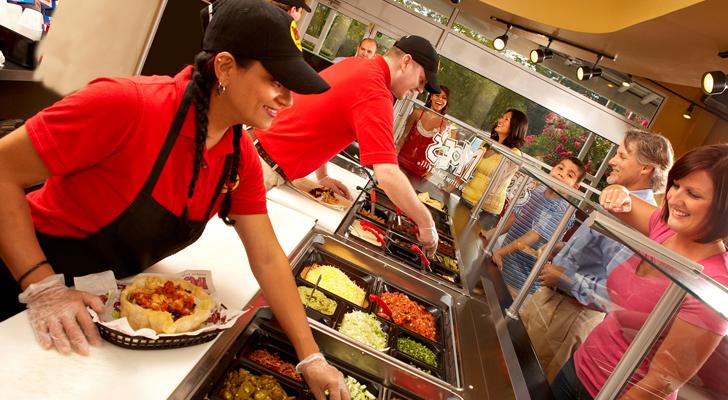How to Steam Milk (With Gifs!)
Have you ever marveled at the work of art that a carefully crafted latte or cappuccino can be? It is rare that one receives a drink at the perfect sipping temperature with sweet bubble-less foam that gently glides down the back of your tongue. (We've been on gif kick lately and may have gone a little crazy in this post) I doubt there is a single person who drinks specialty coffee beverages on regular
How to Make Impressive Espresso
Anyone who has worked in coffee understands that teaching a new employee to finagle a palatable shot of espresso is about as difficult as trying to teach a toddler violin; anyone can press a button on an espresso machine and hope for the best (we can think of one corporation with a big green sign that fits this category), but only the rare committed individual can master the barista trade. Here at Silver Service, there
Tip Your Barista, or Else.
The word TIP was initially an acronym for "To Insure Proper service." At a restaurant or service station you would give a tip to the employee beforehand so they would perform their service to the best of their ability. Eventually the transaction shifted from before meals and services to after, and the word has not carried quite the same weight since. Cafés are one of the few places where you still have
Will the “Third Wave” Coffee Shop Last? Part 3: The Final Verdict
Having looked at “The Good” and “The Questionable” aspects of the Third Wave movement, let’s try to piece together a projection of what the future of these shops looks like, and what it will take for the ones that already exist to enjoy further success.
Will the “Third Wave” Coffee Shop Last? Part 2: The Questionable
Few are willing to deny the positive values held dear by third wave café owners, yet from a perspective seasoned in business and attuned to the history of local food service, the third wave coffee shop very well may be temporary phenomena. Here are some facts that hinder this wave from carrying the societal clout it strives for.
Will the “Third Wave” Coffee Shop Last? Part 1: The Good
If you have encountered a young person—usually with a handlebar mustache, a cardigan, a smattering of tattoos, and a knack for thrift shopping—who has proceeded to tell you about a new coffee shop in an artsy part of the city you live in, he or she was probably referencing what is now known as a “third wave” coffee shop. You've probably heard of cafés like it before; they usually serve fair trade coffee, offer gluten-free pastries, and are more expensive than your run-of-the-mill coffee spot. In the worst case scenario, the young person you encountered might have scoffed at your frequent Starbucks runs and your cup of Folgers every morning. In the best case, they encouraged you to visit their favorite café because they enjoy the environment, the coffee, and the values the business boasts. The patrons of these budding establishments are often referred to as “hipsters,” but the interesting fact is that they aren't just a fringe demographic; their values correspond with the values of millennial consumers as a whole. Those born between 1980 and 2000—the peak ages for specialty coffee drinkers—show marked concern for the environment, healthy growth of the economy, and gravitate towards companies committed to good citizenship. These are the frequenters of the third wave coffee shop. So all of us longstanding coffee industry participants need to ask ourselves, is the third wave here to stay? In what ways is the tide changing? Let’s take a look at what good has come from this movement to see if this style of café will long endure.
Five Reasons You Should Thank Francesco Illy for the Company He Founded
Do you drink coffee? Do you know what illy caffé is? (pronounced EEE-LEE) If you answered yes to both questions, you are among the minority of Americans. Illy is one of the oldest espresso roasting companies in the world and widely considered the gold standard in Europe. You may not know much about Francesco Illy and his coffee business; here's 5 reasons you owe him and his company a large debt of gratitude.
Is Your Cafe Fast Casual or a QSR?
Depending on where you live, you probably notice a new concept restaurant opening in your area about once a month. Most of these new restaurants find a comfortable niche location within a strip mall on highly trafficked street and fit the recently defined genre of “Fast Casual Dining.” This label refers to businesses like Chipotle, Noodle’s and Company, and Five Guys Burgers and Fries. The aforementioned restaurants have achieved great success because they have responded to a market audience that desires higher quality (often healthier) food, at a faster pace and relatively low cost. These businesses are the fastest growing segment of the restaurant industry for good reason. On the other hand, there is the long established category of restaurant known as “Fast Food” or “Quick Service Restaurants” (QSRs) that also achieve comfortable, if not dramatically lucrative, profits. The most successful of these have a strong brand identity and thrive on providing consistent, rapid, low cost dining experiences. Both styles of restaurant can readily be compared to specialty coffee and tea shops respectively, and it is important for you to have a clear concept for your business to achieve its maximum potential. Hopefully you may find that one of these models can help achieve a more unified approach to brand identity in your unique cafe. It is important to note that neither of these examples is the “right way” to run your cafe, you will want to evaluate the criteria for both and see if either concept matches your café more closely.
Can Espresso Succeed in a Full Service Restaurant?
Time and time again, we have witnessed several up-and-coming restaurants zealously incorporate specialty coffee drinks into their already ambitious array of menu items only to post their semi-functional espresso machine on craigslist a couple months down the line. Failures such as these discourage many restaurant owners and managers from dreaming about ever offering espresso. The absence of lattes and cappuccinos in the majority of sit down restaurants begs the question: Can espresso succeed in
Parts of an Espresso Machine that Every Barista Should Know
We all know that coffee shop lingo is its own kind of code - a latte means less foam in some places and more milk in others - and it takes several trips to any given shop to master its unique language. As an employee of a café or restaurant that utilizes an espresso machine, or even just a home barista, there are certain standardized components that you should be familiar with. Here are

